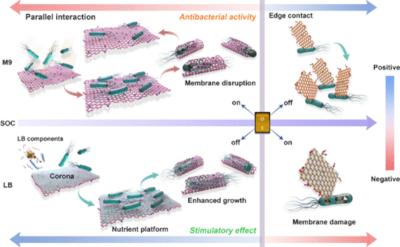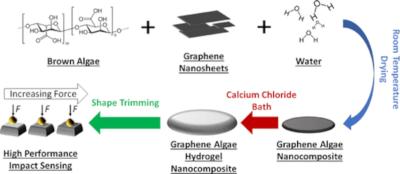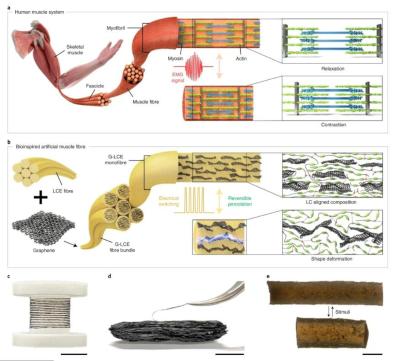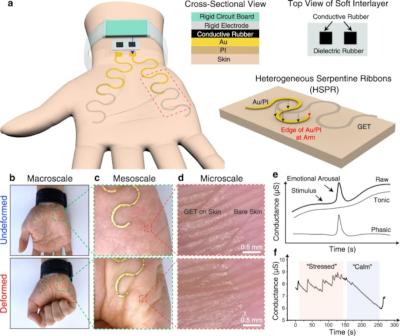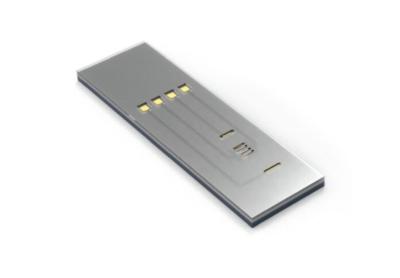Researchers develop a graphene-based intelligent, wearable artificial throat that is sensitive to human speech and vocalization-related motions
A team of researchers at China's Tsinghua University and Shanghai Jiao Tong University have developed a graphene-based intelligent, wearable artificial throat (AT) that is sensitive to human speech and vocalization-related motions. It is a wafer-like tool one centimeter square that can allow barely audible sounds, or even whispers, to be converted into speech at normal volume.
The device is about the width of plastic cling wrap. The 25-micrometer deep device may be applied to one's throat with a simple adhesive. Tiny wires connect to a microcontroller powered by a coin-sized battery.
